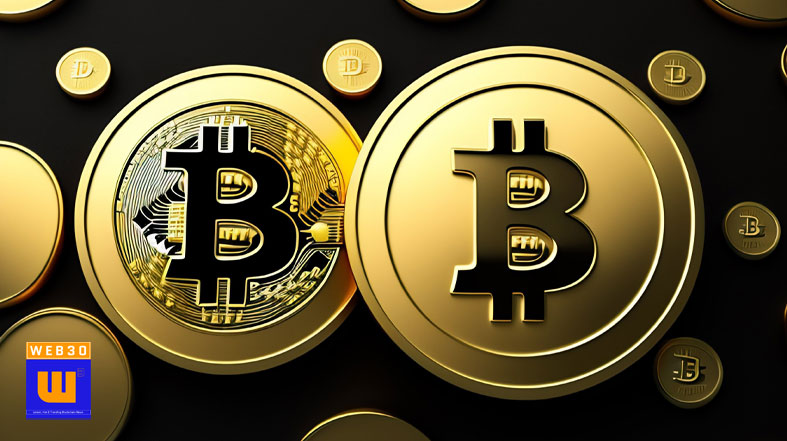How did the concept of B-money, introduced by computer scientist Wei Dai in the late 90s, influence the development of modern cryptocurrencies like Bitcoin?
Back in the late 90s, amidst the dawn of the digital age, computer scientist Wei Dai put forth an idea that would set the stage for today’s cryptocurrencies: B-money.
B-money proposed a decentralized digital currency system, challenging the conventional centralized monetary systems controlled by governments.
Unlike traditional fiat currencies, which are governed by central authorities, B-money envisioned a currency that was created and managed by its users, emphasizing decentralization and user autonomy.
Let’s explore the genesis of B-money, its fundamental principles, and its role in shaping the landscape of digital currencies.
How does B-money operate?
B-money operates on the premise of an untraceable network where participants are identified solely by digital pseudonyms (public keys), and transactions are signed by senders and encrypted for receivers. The system is built on two core protocols.
The B-money protocol encompasses two theoretical protocols, each offering innovative solutions. However, they remain theoretical and may necessitate further refinement for practical implementation.
In the first protocol, each participant maintains an individual database detailing the amount of money associated with each pseudonym. Money is generated by solving computational puzzles, with the quantity of monetary units produced corresponding to the computational effort expended.
To initiate a money transfer, a sender broadcasts a signed message authorizing the transfer to another pseudonym. Additionally, contracts can be established, stipulating maximum reparations in case of default for each participant, with mechanisms for arbitration in the event of disputes.
The second protocol involves a subset of participants acting as servers, tasked with maintaining account balances. Transactions are disseminated via a Usenet-style channel, and affected participants verify transaction processing by a randomly selected subset of servers.
Servers are mandated to deposit funds as collateral for potential penalties or rewards for misconduct and must periodically disclose and commit to their databases of money creation and ownership.
By exploring the intricacies of B-money, we gain insights into its innovative concepts and the profound influence it exerted on the evolution of digital currencies.
Summary Review: The concept of B-money, introduced by Wei Dai in the late 90s, represents a seminal moment in the evolution of digital currencies. By proposing a decentralized system governed by its users, B-money challenged the traditional notions of centralized monetary control. While remaining theoretical, its principles laid a crucial foundation for the development of modern cryptocurrencies like Bitcoin. The B-money protocols, with their emphasis on pseudonymous transactions and decentralized governance, sparked innovative ideas that continue to shape the landscape of digital finance. Although B-money itself has not been realized in practice, its influence reverberates through the design and implementation of subsequent digital currency systems. As we delve into the origins and principles of B-money, we gain a deeper understanding of the fundamental concepts that underpin today’s decentralized financial ecosystems. In the ongoing journey towards financial autonomy and innovation, B-money remains a cornerstone, inspiring new possibilities and paving the way for the future of digital currencies.
Disclaimer: Remember that nothing in this article and everything under the responsibility of Web30 News should be interpreted as financial advice. The information provided is for entertainment and educational purposes only. Investing in cryptocurrency involves inherent risks and potential investors should be aware that capital is at risk and returns are never guaranteed. It is imperative that you conduct thorough research and consult with a qualified financial advisor before making any investment decision.





